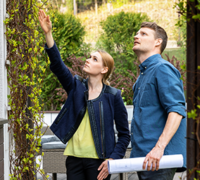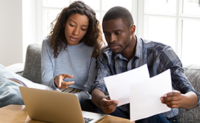
If you’re selling your home and there are other listings in your area, buyers will naturally compare your property to those other listings.
Is there something about your home that you’re concerned will be seen as a competitive disadvantage? For example, do you have a small kitchen or fewer bedrooms than most other homes in the community?
There are a few things you can do to compensate for such disadvantages.
First, highlight the advantageous features of your home. Chances are, there are characteristics that make it stand out. For example, the look and style of your home may be cozy and enchanting. Or, you might have a desired feature, such as a terrific view.
Next, do everything you can to ensure your home makes the best impression possible to buyers. Remember, most buyers will only see your property once. So, pull out all the stops. That means decluttering, cleaning, painting, getting any needed repairs done, and staging effectively.
Finally, make sure you set the asking price strategically. That doesn’t necessarily mean it needs to be low. But, it does mean that the price should reflect the market value of your home.








